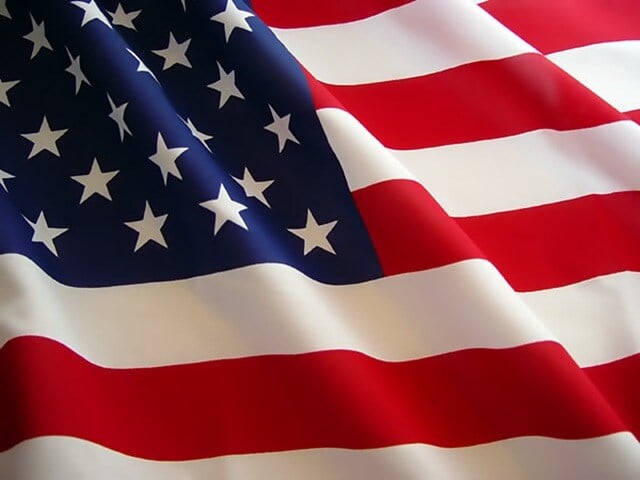Classic Cars Exempt From 25% US Car Import Duty - Collectors Rejoice!
Classic Car Imports Remains Under The 2.5% US Import Duty
In a significant relief for collectors and enthusiasts, a draft proposal announced today by the Trump Administration confirms that classic cars will be specifically excluded from a potential new 25% US car import tariff. This crucial decision means the current classic car tariff rate of 2.5% is set to remain at its existing low level.
Note on reciprocal tariffs (2025): Vehicles 25+ years old are exempt from Section 232 when coded HTS 9903.94.04, but reciprocal tariffs by country of origin still apply. Most EU/Japan-origin classics see a 15% total (inclusive of the 2.5% base). UK entries commonly assess 10% + 2.5% base.
The draft proposal, which outlines increases to car import tariff rates, explicitly carves out an exception for vehicles 25 years and older. According to the details released, any automobile manufactured at least 25 years prior to the date of its US car import will continue to be subject to the current 2.5% import duty. This rate will not increase to the proposed 25% that will affect newer vehicles.
This news directly addresses concerns within the collector car community regarding potentially prohibitive increases in the cost to import classics from around the world. Keeping the classic car tariff at 2.5% ensures that the import of historic vehicles remains accessible for American car enthusiasts and businesses specializing in these automobiles
US-based collectors and businesses involved in US car import can be reassured that the proposed significant hike in the general car import tariff is not expected to impact the cherished segment of classic automobiles.
Import Duties For Classic Cars Around The World
We remain hopeful that this move by the US government will influence the importance of classic cars worldwide. While countries and regions like the UK, Australia, and the EU generally have favorable classic car tariff structures, rates vary. We hope for a broader international alignment towards a low, standardized rate, such as the 2.5% maintained by the US, to further encourage the global appreciation and preservation of automotive history.
Both the UK and the European Union recognize the cultural significance of classic/historic vehicles and generally offer preferential import duty and VAT rates compared to standard used cars, provided certain criteria are met. The definition of a classic car is different in the UK and across the EU, as classics are classified as cars 30 years old and older. While in the US we classify classic cars as 25 years old and older. Currently, the UK allows for 5% import duty on classics, and the EU ranges between 5.5% to 10%.
Reciprocal Tariffs and What It Means for Classic Cars in 2025
As of April 2, 2025, the U.S. introduced a sweeping reciprocal tariff policy (often referred to as “Liberation Day tariffs”) under Executive Order 14257, invoking a baseline 10% tariff on imports from nearly all countries not covered by specific trade exemptions.
Shortly thereafter, 25% auto and parts tariffs were also implemented on April 3, further reshaping the cost structure for vehicle imports.
What Does This Update Change?
Vehicles classified as classics (25 years or older) still qualify for the lower 2.5% base duty, but:
-
The baseline reciprocal tariff is 15% total for most origins (inclusive of the 2.5% base). UK outcomes are commonly 10% reciprocal + 2.5% base. Classics remain exempt from Section 232 when coded 9903.94.04.
-
By contrast, modern cars (under 25 years old) are subject to the full 25% tariff plus reciprocal fees, resulting in a total around 27.5% or higher.
Quick Table: Classic Car Duty Rates in 2025
| Origin Region | Base Duty | Reciprocal Tariff | Total Duty |
|---|---|---|---|
| EU, Japan, UK | 2.5% | +10% | 12.5% |
| Canada / Mexico (USMCA) | 2.5% | 0% | 2.5% |
| China, others | 2.5% | 25–/+ | 27.5–32.5%+ |
What This Means for Collectors & Importers
The classic vehicle exemption remains powerful—but now depends more than ever on origin and legal classification. Importers who prioritize classic vehicles from USMCA partner countries benefit from the lowest duty. Those ordering from European or Japanese sources still keep costs far below modern tariff levels.
This update significantly widens the opportunity gap for classic car buyers compared to modern-vehicle importers—even as total duties increase for all import types.
You May Also Like
These Related Stories

Trump’s 25% Tariff on Imported Cars – Impact on Car Imports & Wholesale Trade
.jpg)
Top US Muscle Cars to Import in 2025: Tariff Exemptions & Market Trends

-093789-edited.png?width=220&height=79&name=wcs_final_logo_(1)-093789-edited.png)
